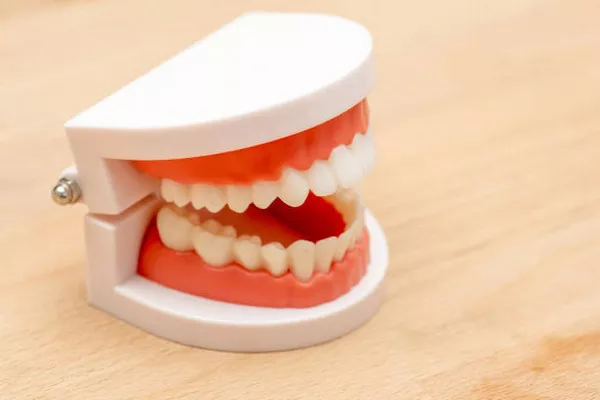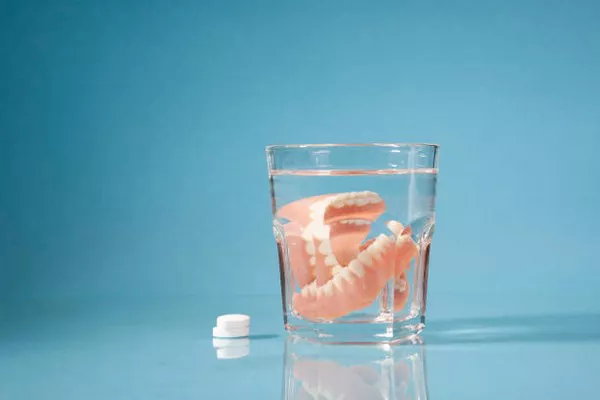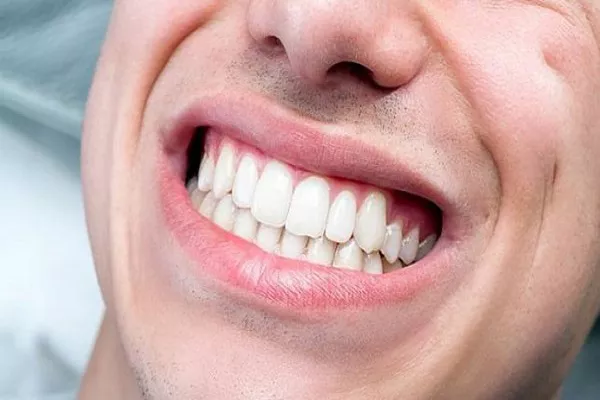aesthetics. However, many individuals may notice that their teeth appear more yellow near the gums, leading to concerns about dental health and appearance. This phenomenon can be attributed to various factors, ranging from oral hygiene habits to underlying dental conditions. In this article, we will delve into the reasons behind teeth yellowing near the gums, common causes, preventive measures, professional treatments, lifestyle adjustments, home remedies, and when to seek professional dental care.
Explanation of the Issue
The natural color of teeth can vary significantly among individuals. While some may have naturally whiter teeth, others may have teeth that tend to be more yellowish in hue. This variation is primarily due to differences in enamel thickness and the natural color of dentin, the layer beneath the enamel. Dentin naturally has a yellowish tint, and its visibility can increase as the enamel wears down over time.
The area near the gums often appears more yellow due to several reasons. Firstly, this region tends to accumulate more plaque and tartar compared to the rest of the tooth surface. Plaque is a sticky film of bacteria that forms on teeth, while tartar is hardened plaque that cannot be removed by regular brushing and flossing alone. When plaque and tartar accumulate near the gumline, they can stain the teeth and contribute to yellowing.
Additionally, conditions such as gingivitis, which is characterized by inflammation of the gums, can further exacerbate the yellowing near the gums. Gingivitis is often caused by poor oral hygiene practices, leading to plaque buildup and gum irritation. As the gums become inflamed, they may recede, exposing more of the tooth surface near the gumline and making it more prone to staining.
Common Causes
Several common factors contribute to yellowing near the gums:
- Plaque Buildup: Inadequate brushing and flossing can allow plaque to accumulate on teeth, especially near the gumline, leading to discoloration.
- Tartar Formation: When plaque is not removed promptly, it can harden into tartar, which not only causes discoloration but also contributes to gum disease.
- Gingivitis: The inflammation of gums due to poor oral hygiene can cause them to recede, exposing more of the tooth surface and making it susceptible to staining.
- Tobacco Use: Smoking or chewing tobacco can stain teeth and contribute to yellowing near the gums.
Preventive Measures
Maintaining good oral hygiene practices is crucial for preventing yellowing near the gums. Here are some preventive measures:
- Regular Brushing: Brush your teeth at least twice a day with fluoride toothpaste, paying close attention to the gumline.
- Flossing: Clean between your teeth daily with dental floss or interdental brushes to remove plaque and debris.
- Using Mouthwash: Rinse with an antimicrobial mouthwash to help reduce plaque and gingivitis.
- Healthy Diet: Limit sugary and acidic foods and beverages, which can contribute to enamel erosion and tooth discoloration.
- Routine Dental Visits: Schedule regular dental check-ups and cleanings to remove plaque and tartar buildup and address any oral health concerns.
Professional Treatments
In addition to maintaining good oral hygiene habits, professional dental cleanings and treatments are essential for addressing yellowing near the gums. Your dentist may recommend the following:
- Professional Cleanings: Dental hygienists can remove plaque and tartar buildup from hard-to-reach areas, including near the gumline.
- Scaling and Root Planing: For individuals with gum disease, scaling and root planing procedures can help remove plaque and tartar from below the gumline and smooth the tooth roots to promote gum healing.
- Gingivitis Treatment: Your dentist may recommend treatments to reduce gum inflammation and prevent further progression of gingivitis.
Lifestyle Adjustments
Making lifestyle changes can also help prevent further discoloration near the gums:
- Quitting Tobacco: If you smoke or use tobacco products, quitting can help prevent staining and improve overall oral health.
- Improving Dietary Habits: Choose nutritious foods and beverages that promote dental health and avoid those that contribute to staining and decay.
- Stress Management: Stress can impact oral health, so practicing stress-reduction techniques may benefit your overall well-being and dental health.
Home Remedies and Whitening Options
While professional dental care is essential for addressing yellowing near the gums, there are also some home remedies and whitening options that may help manage discoloration:
- Baking Soda: Brushing with a paste made of baking soda and water can help remove surface stains from teeth.
- Hydrogen Peroxide: Rinsing with a diluted hydrogen peroxide solution may help lighten stains and brighten teeth.
- Whitening Toothpaste: Using a whitening toothpaste containing abrasive particles or peroxide can help remove surface stains over time.
- Over-the-Counter Whitening Products: There are various over-the-counter whitening products available, such as whitening strips and trays, which may help improve tooth color.
- Professional Teeth Whitening: For more stubborn stains, professional teeth whitening treatments performed by a dentist can provide more significant and long-lasting results.
When to See a Dentist
While mild yellowing near the gums may be common, certain signs indicate the need for a dental visit:
- Persistent Yellowing: If your teeth remain consistently yellow despite practicing good oral hygiene habits, it may indicate underlying issues that require professional attention.
- Gum Inflammation: If you experience redness, swelling, or bleeding gums, it could be a sign of gum disease that needs to be addressed by a dentist.
- Tooth Sensitivity: Increased sensitivity to hot, cold, or sweet foods and beverages may indicate enamel erosion or other dental problems.
- Changes in Tooth Color: Any sudden changes in tooth color, especially if accompanied by pain or discomfort, should be evaluated by a dentist.
Myth Busting
There are several myths surrounding tooth color and dental health that need to be addressed:
- Myth: Yellow Teeth are Unhealthy: While yellowing can be a sign of dental issues such as plaque buildup or gum disease, it does not necessarily indicate poor overall health. However, it is essential to address the underlying causes to maintain good oral health.
- Myth: Home Remedies Can Whiten Teeth Overnight: While home remedies and whitening products can help improve tooth color over time, they are not a quick fix. Professional dental treatments are often more effective for significant and long-lasting results.
- Myth: Teeth Whitening Damages Enamel: When performed correctly, teeth whitening treatments by a dental professional are safe and do not damage enamel. However, overuse of whitening products or DIY methods may lead to enamel erosion and tooth sensitivity.
Conclusion
Yellowing near the gums can result from various factors, including plaque buildup, tartar formation, gingivitis, and tobacco use. Maintaining good oral hygiene practices, seeking professional dental care, making lifestyle adjustments, and considering whitening options can help manage and reduce yellowing while promoting overall dental health. If you experience persistent discoloration or other concerning symptoms, it is essential to consult a dentist for proper evaluation and treatment.
FAQs about Yellowing Near the Gum Line
1. Why are my teeth yellow close to the gum?
The yellowing of teeth near the gum line can occur due to various factors, including plaque buildup, tartar formation, gingivitis, and tobacco use. Plaque, a sticky film of bacteria, can accumulate near the gum line if not removed through regular brushing and flossing, leading to discoloration. Additionally, conditions like gingivitis, characterized by inflammation of the gums, can contribute to yellowing near the gums.
2. Why are my teeth discolored at the gum line?
Teeth may appear discolored at the gum line due to the accumulation of plaque and tartar, which can stain the teeth and cause yellowing. Gingivitis, an inflammation of the gums often caused by poor oral hygiene, can also contribute to discoloration at the gum line as the gums recede and expose more of the tooth surface.
3. How do you whiten your teeth near the gum line?
Whitening teeth near the gum line can be achieved through various methods, including professional dental treatments and home remedies. Professional teeth whitening procedures performed by a dentist can effectively lighten stains and improve tooth color, including areas near the gum line. Home remedies such as brushing with baking soda or using whitening toothpaste may also help reduce discoloration.
4. How to get rid of yellow gums?
Yellowing of the gums can be a sign of underlying issues such as gingivitis or poor oral hygiene. To address yellow gums, it is essential to maintain good oral hygiene practices, including regular brushing, flossing, and dental check-ups. Professional dental cleanings can help remove plaque and tartar buildup from the gums and teeth. Quitting tobacco use and improving dietary habits can also help prevent further discoloration of the gums. If you are concerned about the color of your gums, consult a dentist for proper evaluation and treatment.
































